Cold as Steel
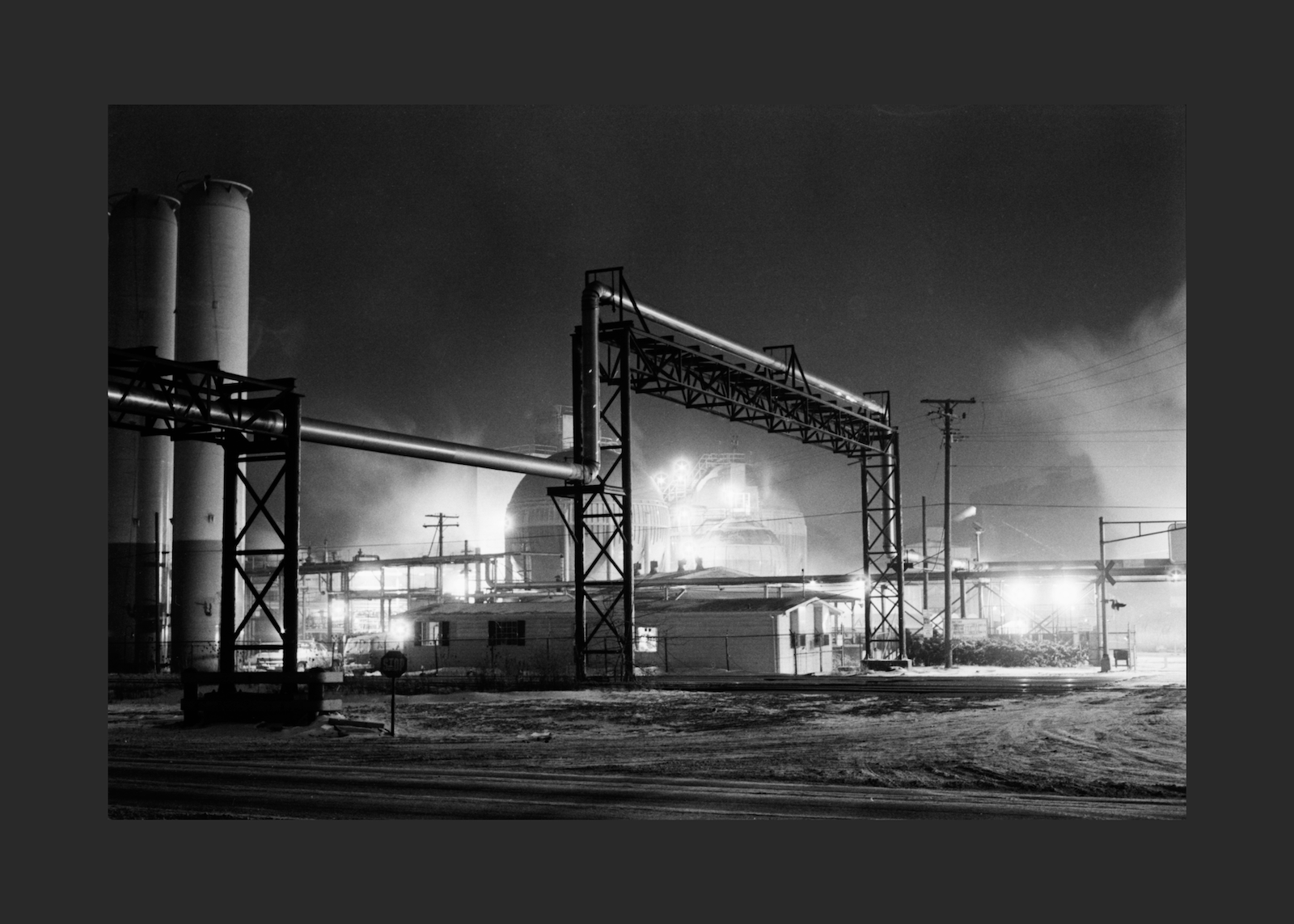
January 12, 2022 Forty years ago, seventeen-year-old me drove with a friend into the bitter Ohio night to make a photograph. “Cold As Steel,” a view of the Republic Steel plant in Warren, Ohio aglow with light and steam diffusing over dirty ice and snow, is that photo. It was 5ºF, wind chill -11.3ºF at 1am on Jan. 12, 1982. I set up my father’s old tripod, shot four exposure-bracketed scenes on 27 frames of Tri-X film, packed up, drove home. Film was expensive and we were very cold. The rest of that long sleepless night, I developed and printed “Cold As Steel” in the basement darkroom my father helped build. When the image won a national award from Kodak, Kodak took both my original print and its negative in exchange for a plaque and a gorgeously executed, framed print. Without the negative, I could not reproduce the image, but I didn’t need to. I had seen it. And I had a print. My first memories of steel are in the sky. The mills around us were alive and breathed fire. “They’re pouring steel!” We’d run to the windows to watch as the woods flared in orange-red silhouette from the horizon up, fierce and bright as a rising sun, before fading too soon in silence back to black. Aurora Borealis translates as “Dawn of the North.” Maybe we could call this “Aurora Chalybeia” for “Dawn of Steel.” I’ve never not had a mental picture of “Republic Steel 56” Hot Strip,” the mythical plant where my father and crew, high-voltage electricians, wrestled and steered the deadly force that kept cranes moving and arc furnaces burning hot enough to melt iron. My father was a steelworker who tamed dragons. The darkroom was one of those consolation prizes you get when your dad walks out but wants to make good. I was angry. I wanted a darkroom. We collaborated but never worked on it together. In his clean draftsman’s hand on the back of blank Republic Steel report forms he drew precise plans for cabinets and walls. He framed the room, wired it, installed the exhaust fan, and stopped showing up. It sat half-finished for months, maybe half a year. I finished it on my own, not long before I made these images. 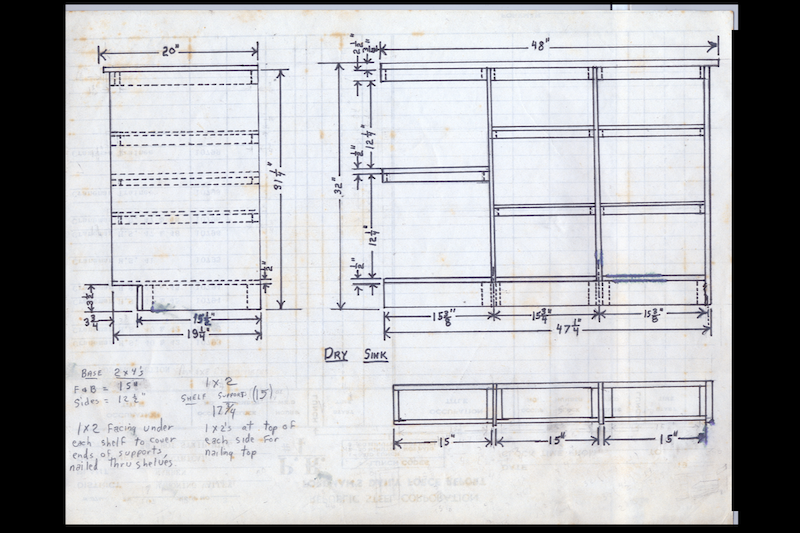 My father was an innately-talented, self-taught photographer with the mind of an engineer. The clockwork intricacy of his rangefinder camera must have satisfied his intellect as fully as the act of photography mollified his compulsion to collect the world for fear of losing it. I believe this because he passed both urges down to me, his firstborn. Even as a little kid the knobs and numbers on that camera fascinated me. I wanted to operate the machine. I wanted to make photos like my father did. His reality rested on the evidence of his past as captured by the camera, and before that his meticulous diaries. He talked about the past repeatedly. We were about the same age when he wrote his first diary in 1958 and I made this and many other photos in 1982. We were two sons from two generations, each trying to preserve moments, places, people with the tools at hand. The old tripod that held the camera that made the photo was his. He left it behind when he moved out. I kept it for myself and never offered it back. I became the photographer in the house. There’s another diary. 1964, the year after he graduated with degrees in math and engineering. He pre-filled a few things with a distinctive blue pen: the change of seasons: Spring (Mar 20) and Summer (June 21); a wedding (April 2). Along the way, different pens added a flurry of social events. FRIDAY FEB 14 TKN PARTY. SATURDAY 22 YU-NIAGARA. MONDAY 24 RUSH PARTY. SATURDAY 29 RAFFLE. Then around May and June, it all stops. Page ahead: “Fall - 7:12pm” (Sept 22), “Winter - 2:50pm” (Dec 21), and one other entry: a woman’s birthday - not my mother - on August 25, scratched out with so much ink that it bled through to the previous page and stained the next. I was born in November. I wasn’t mature enough when my mother was living, and too angry with my father, to ask them what it was like to know they were about to have a baby they didn’t expect. This is a conversation a firstborn may only have with parents, so I’ll never get an answer. There was one more item between the first day of Fall and the first of Winter 1964 – not written, but inserted between the pages. A newspaper clipping from Feb. 1970: “W. Va. Driver Killed in Route 19 Crash”. My maternal grandfather was the W. Va. driver. The page was Nov. 1-7, 1964, the week before I was born. I trust that my father placed the clip there, out of time, but with intent. Details unclear. Since this is my myth, I believe this all bookends a window of time during which his collected and lived realities collided to form an uncrossable barrier, dividing every occasion into before or after, marking a separation from old foundations and the start of something new, inescapable, and not wholly welcome.  That gorgeous, framed print from Kodak disappeared around 1986 during a college move. Republic Steel was embedded so deeply in the mythical realm that an image of the place could not endure in reality. But I found a cheat. I had sent Kodak only one frame. Twenty-six other frames of the four scenes shot that night survived three decades buried in a huge box of negatives that my brother kept for me. The adjacent frame, identical in composition and content to the award winner, differs by exposure and a few seconds’ drift of light and smoke. We see today a memory of the image that launched this journey, as good, better, or worse, than the original. The quest for that lost image led to a surprising find. A second scene, “Untitled,” is less iconic but more beautiful than the award winner. “Untitled” was unprintable in 1982. The negative is badly underexposed, too thin to print optically – but not too thin for a modern, high-resolution digital scanner. That’s how I pulled the fresh images we see today from myth back into objective reality. 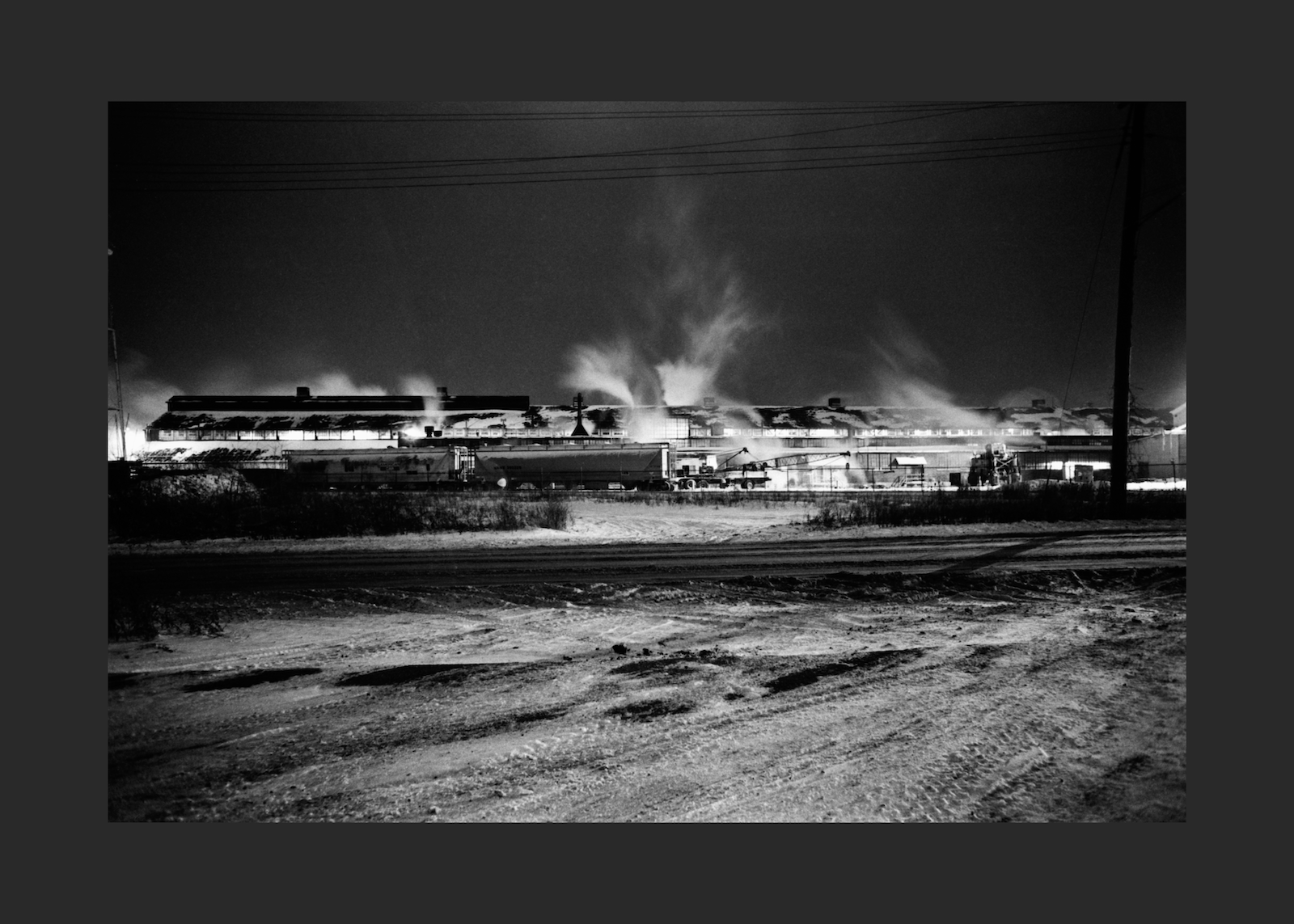 As the anniversary of these photos approached, I wanted to find the site where I made them. Though I drove past Republic Steel hundreds of times in the 1980s and spent months stalking the scene that became “Cold As Steel,” I couldn’t tell you how to get there today. Searching Google Maps and Earth, though the area isn’t large, I didn’t believe I would even find the road, let alone whatever was left of the mill. In the satellite view, I spotted a brown smear. A thousand acres, more or less. No mill. Wasteland. Street view: 2009, 2011, 2019 shows a progression as the mill’s structures were flattened. 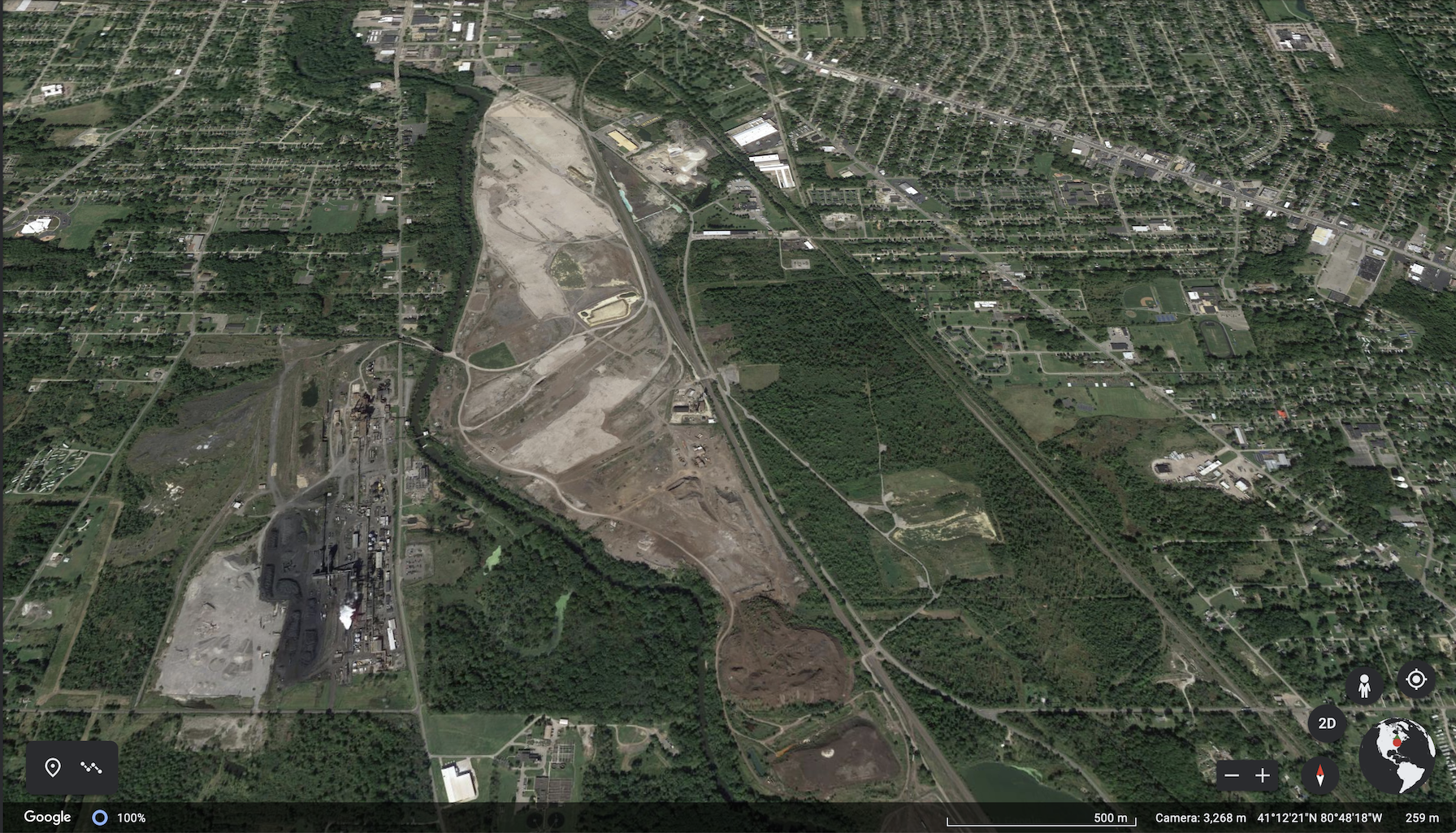 In the Rust Belt, everything vanishes and nothing replaces it. Republic Steel’s blast furnace, the last in Mahoning Valley, the furnace at my father’s plant, the mythical core of my childhood, was imploded at 12:30 pm October 29, 2017, cut into pieces, and sold for scrap. A few things were left standing. Google’s most recent street and satellite views show a row of storage tanks behind a few low buildings on a concrete pad behind a railroad crossing. A pipe bends 90 degrees to clear the railroad tracks, then drops down again. It would cross the road, but it’s been cut off. A stop sign, and a barrier at the street, also remain. Check that inventory against the image. The pipe is the dominant element of “Cold As Steel.” The tanks stand behind it. So does the building. Lights on in the photo. Dead in the street view. Across the street is the gravel patch where I parked off the road and set up my tripod. 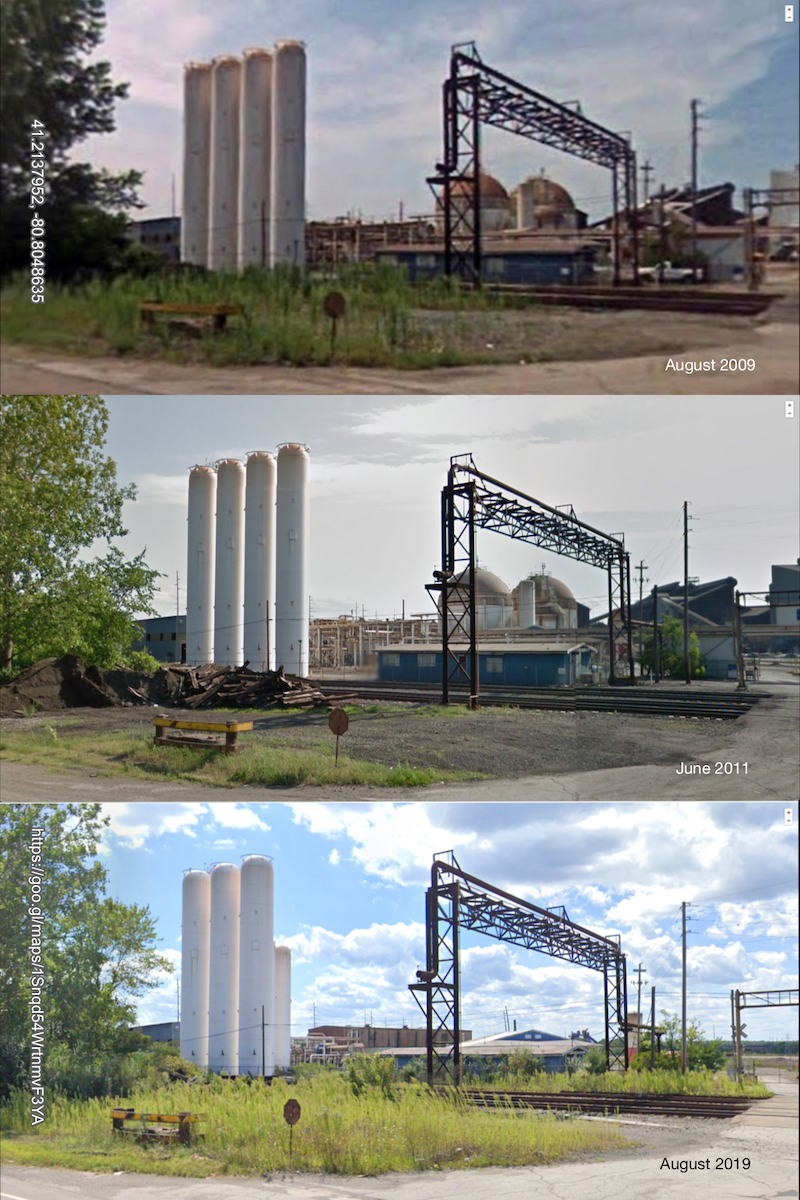 The mill had seemed so permanent. But all that remains of this flattened, thousand-acre site are the structures in my photo. These are ruins of the Temple of the Aurora Chalybeia. My desperate need to preserve moments, places, and people led me to those ruins. For this one time only, it worked. Jim Cruz-Youll
This work celebrates the 40th anniversary of a moment in the story of a place and a life. I’m honored to share it with the teachers and artists, friends all, who knew me then, or who met me after I had ventured far from the world frozen in these images. It is dedicated to lost photojournalists, storytellers, and guiding spirits: Special thanks to Richard Gylgayton for invaluable review of the text. 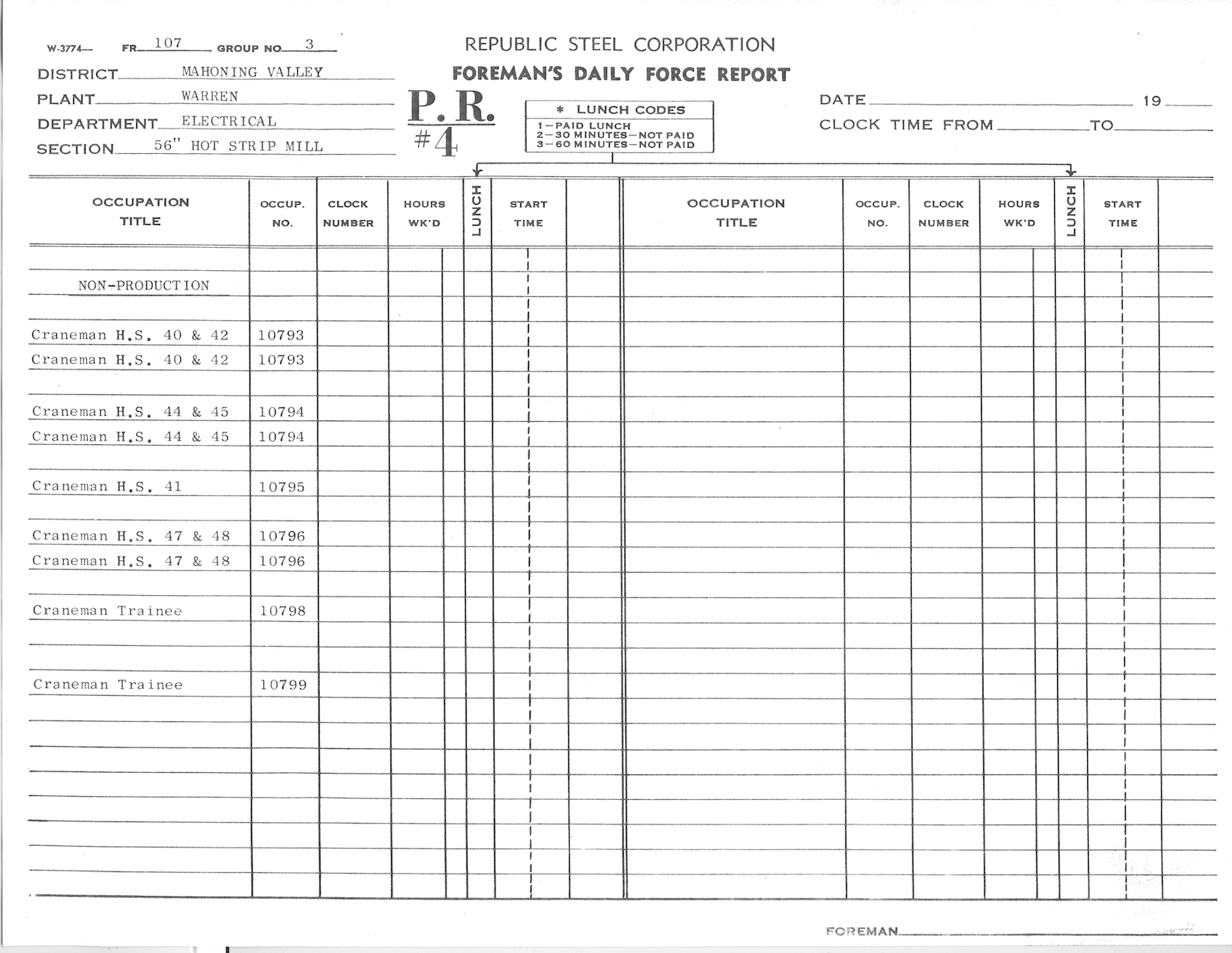 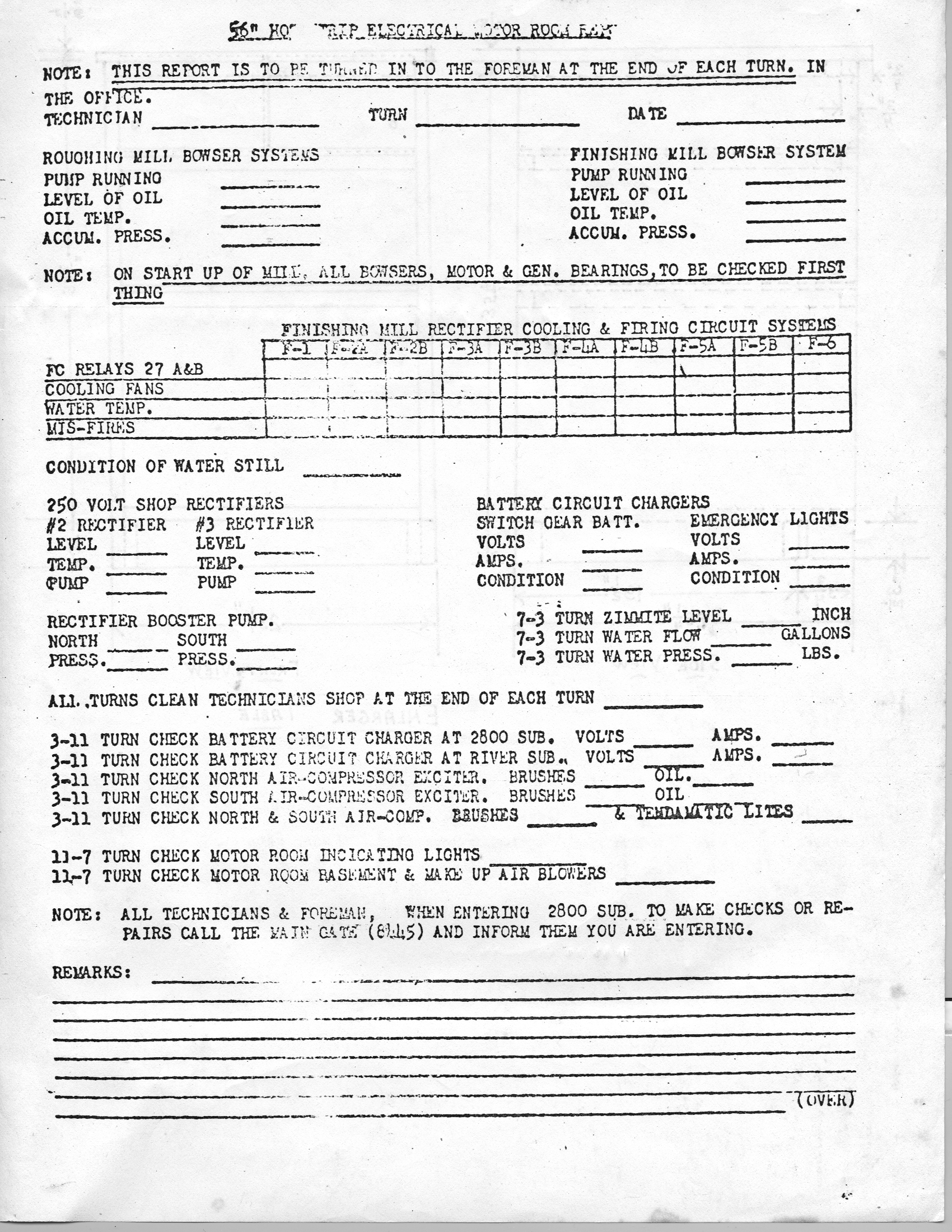 |